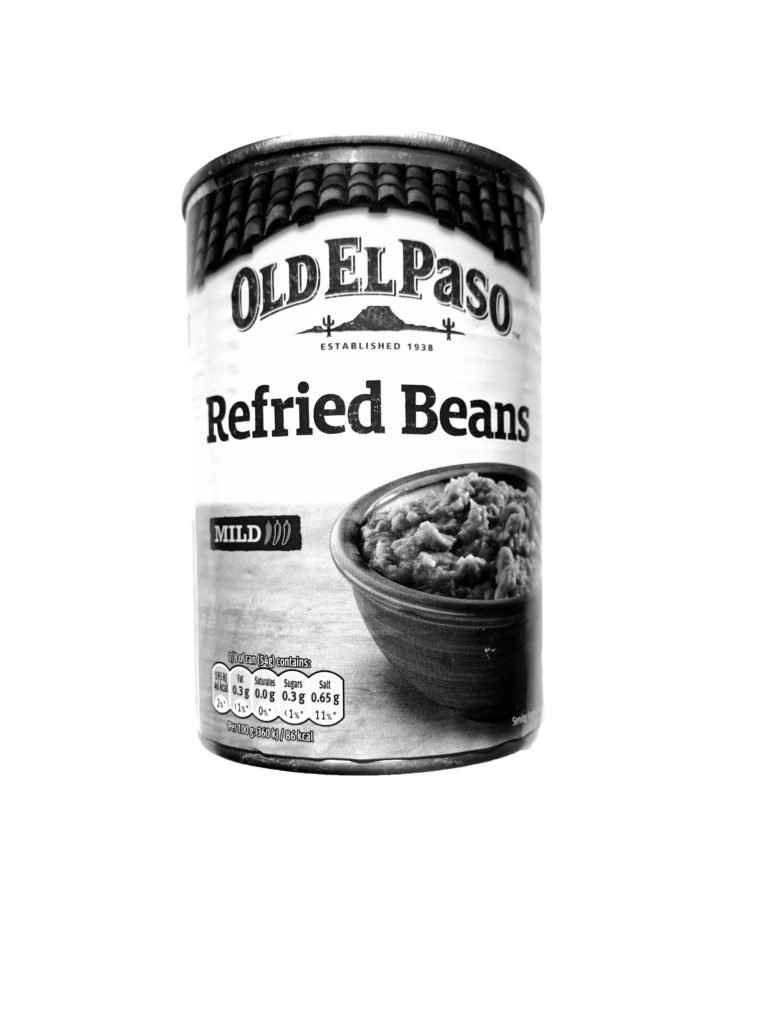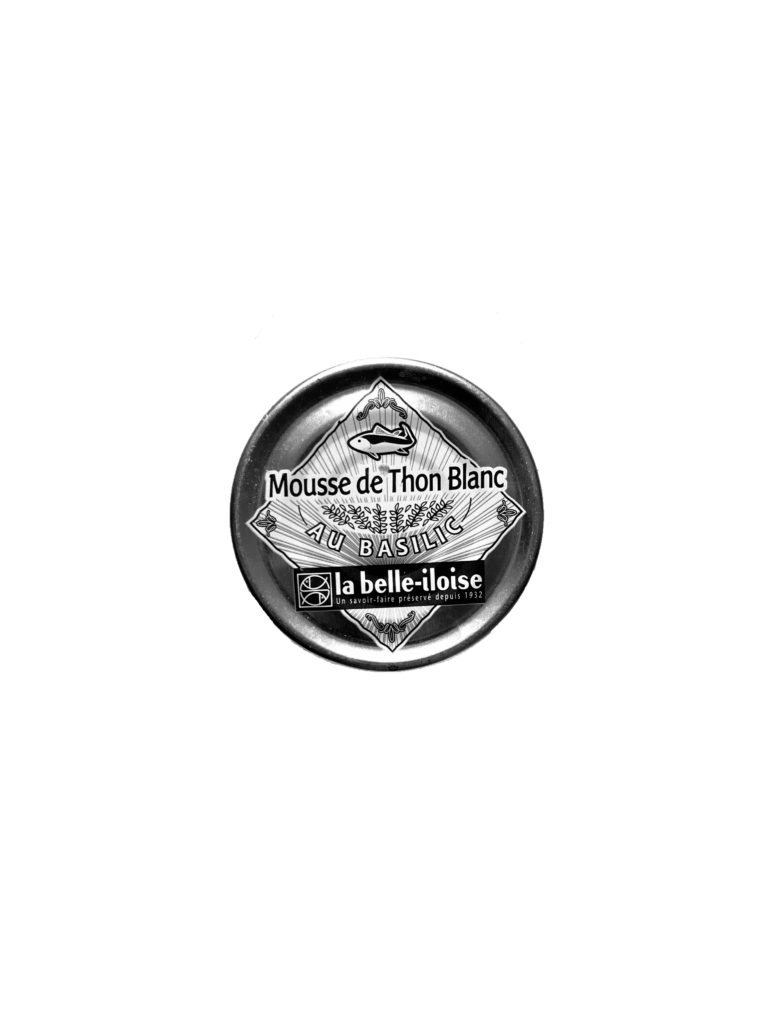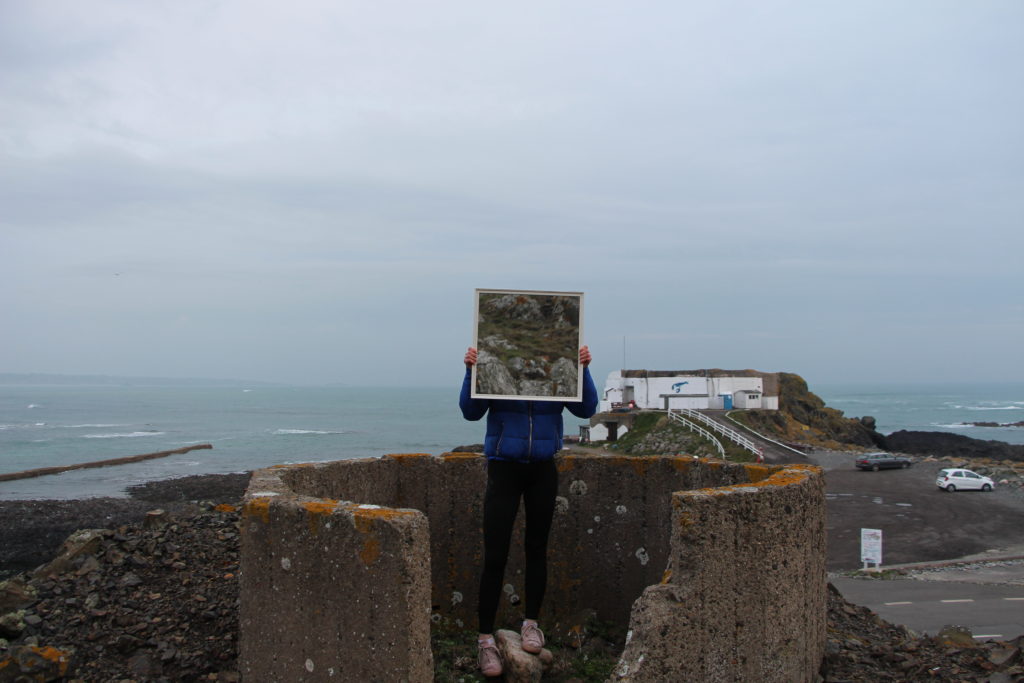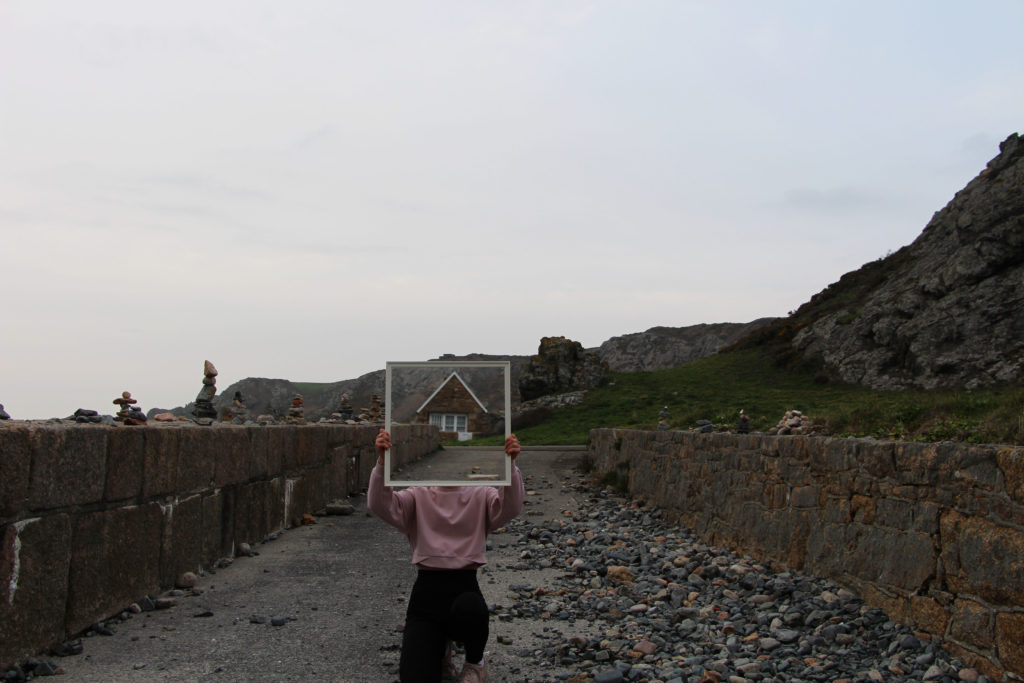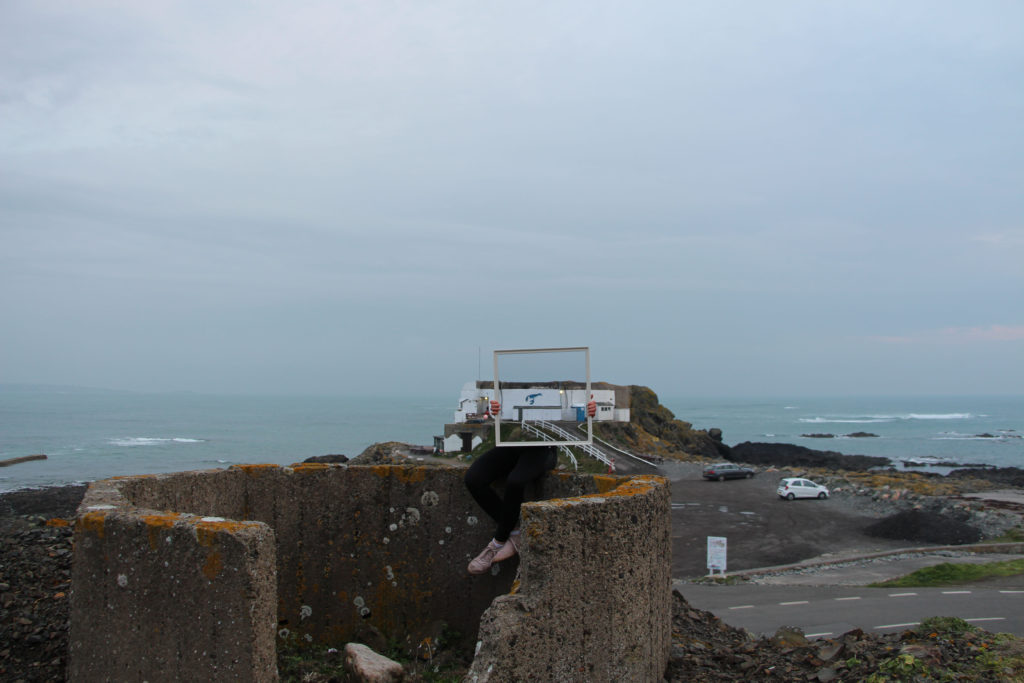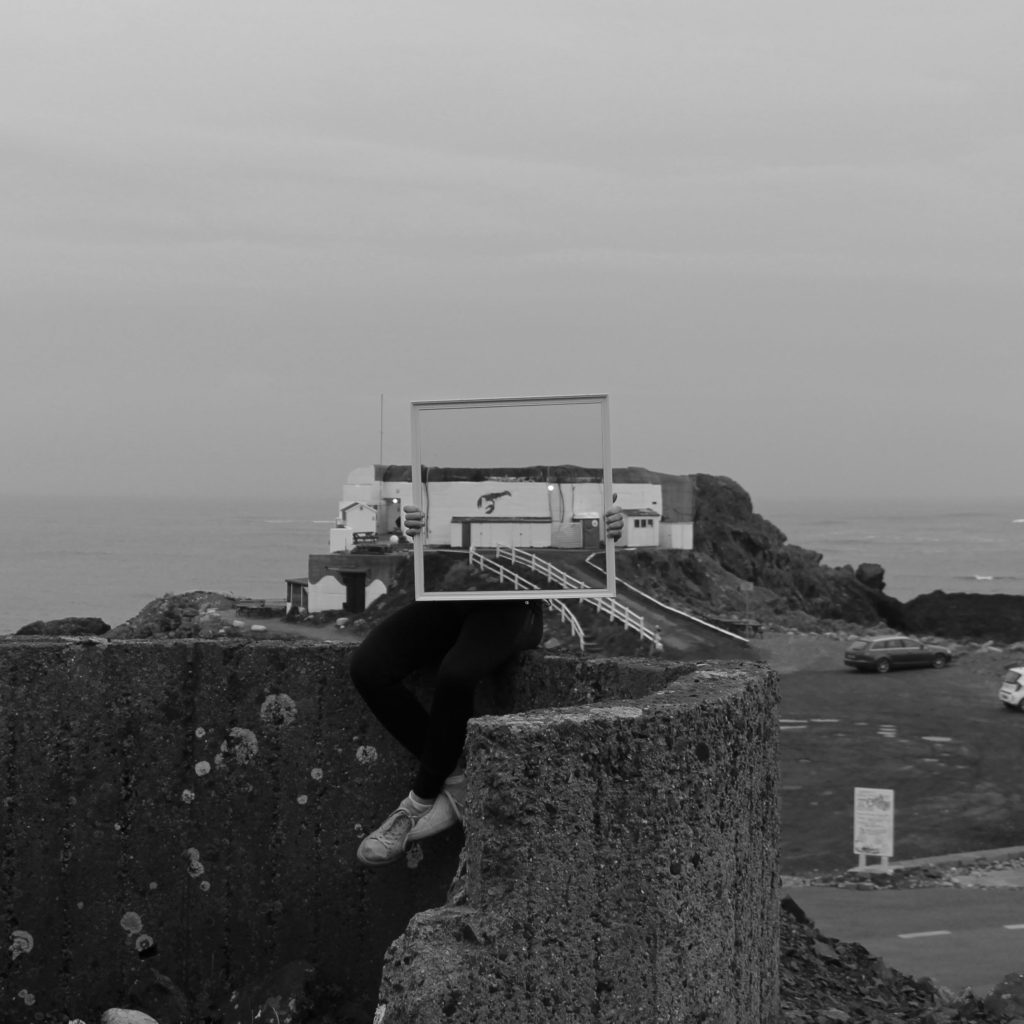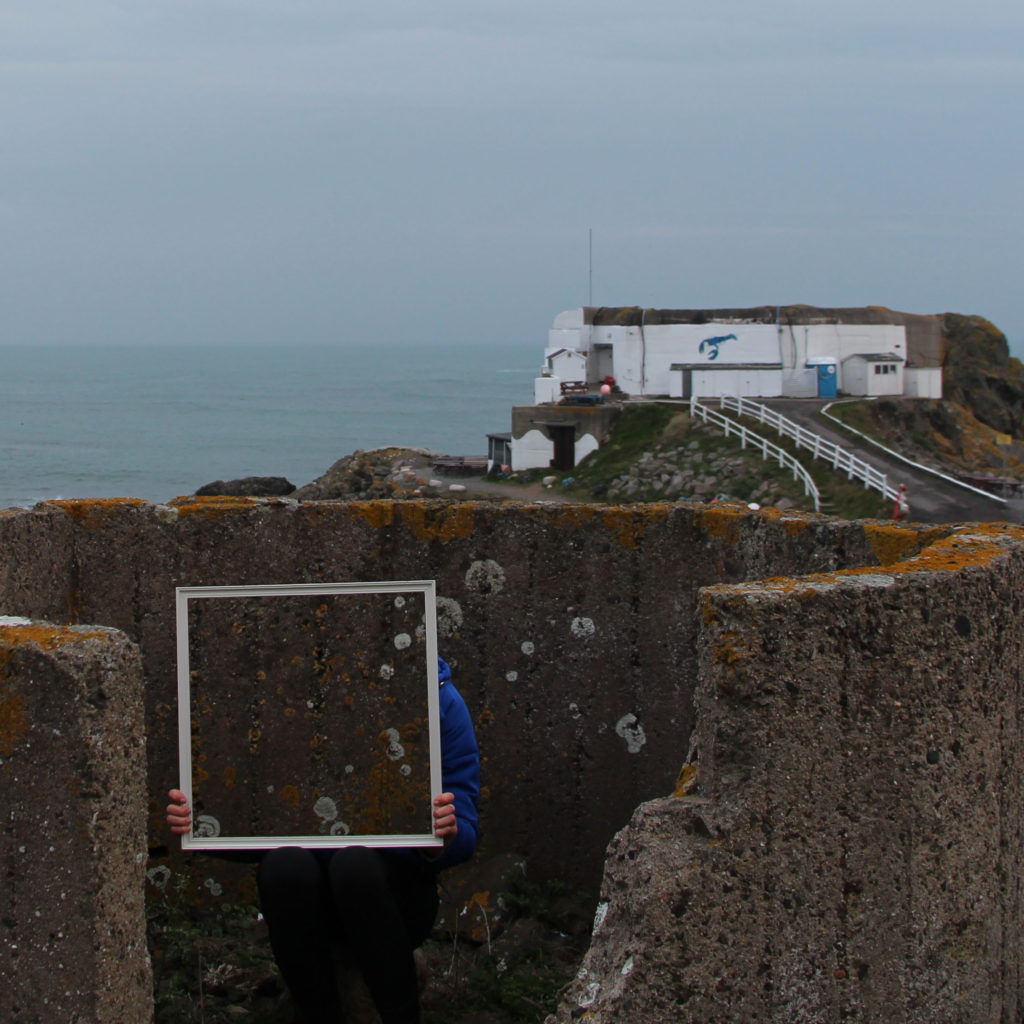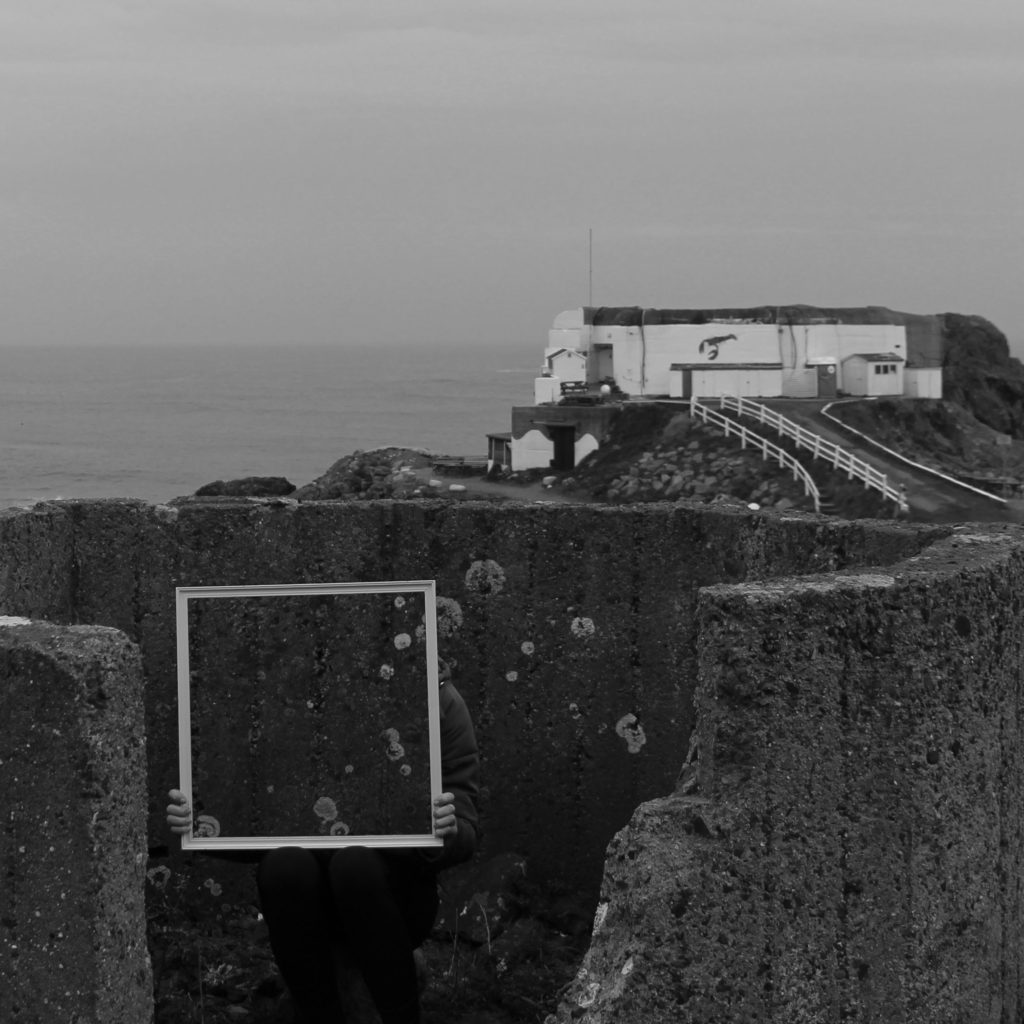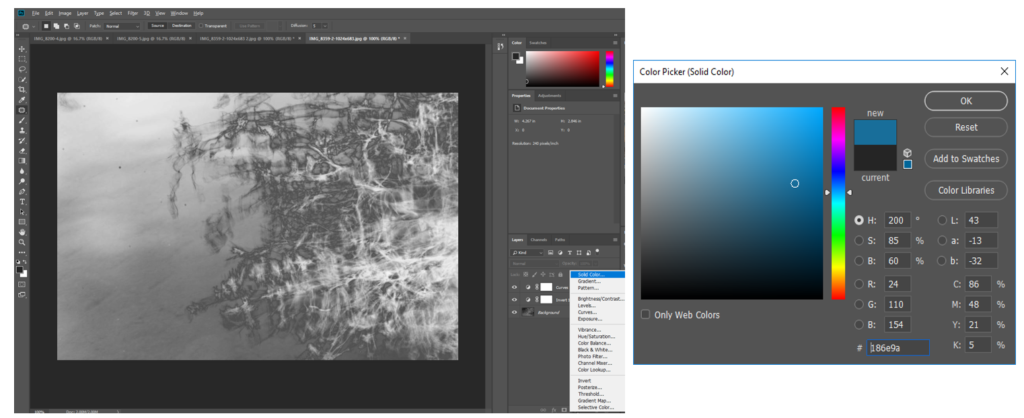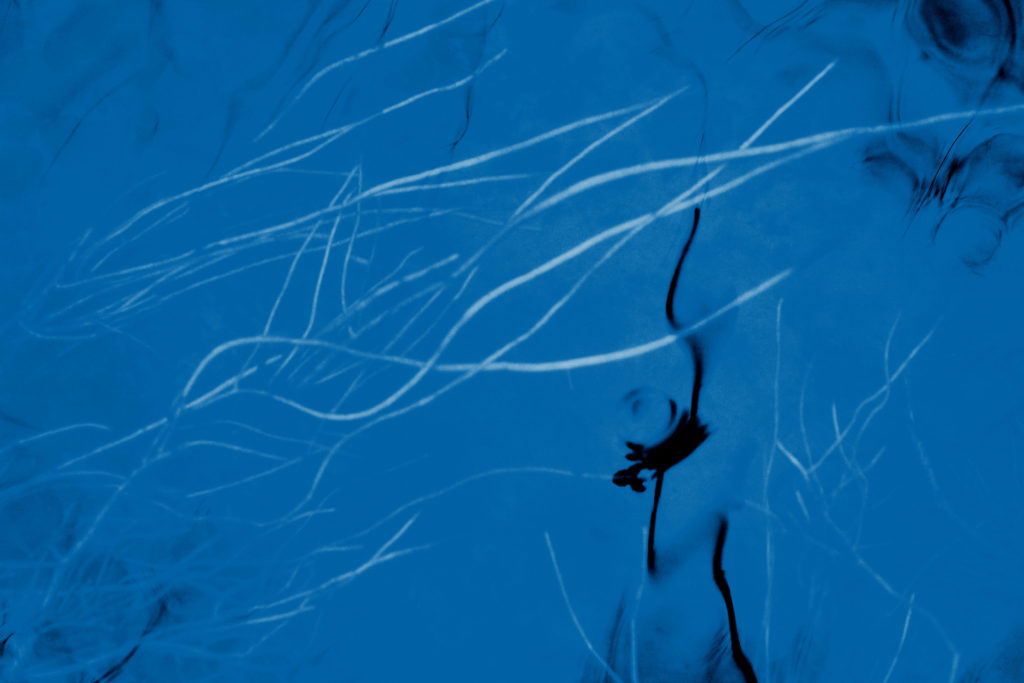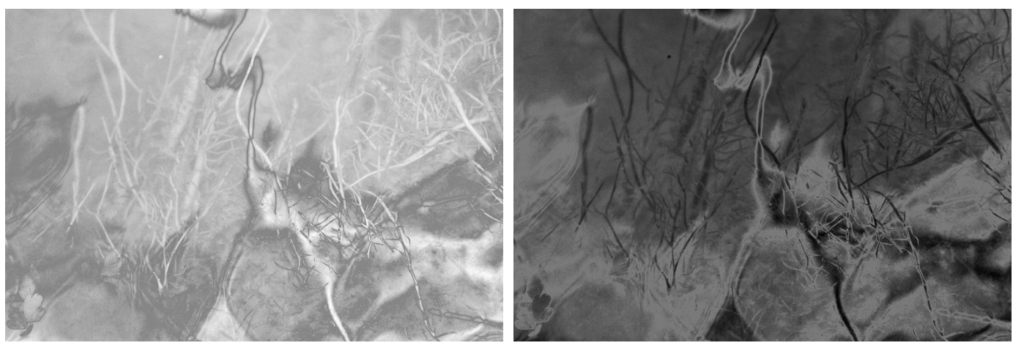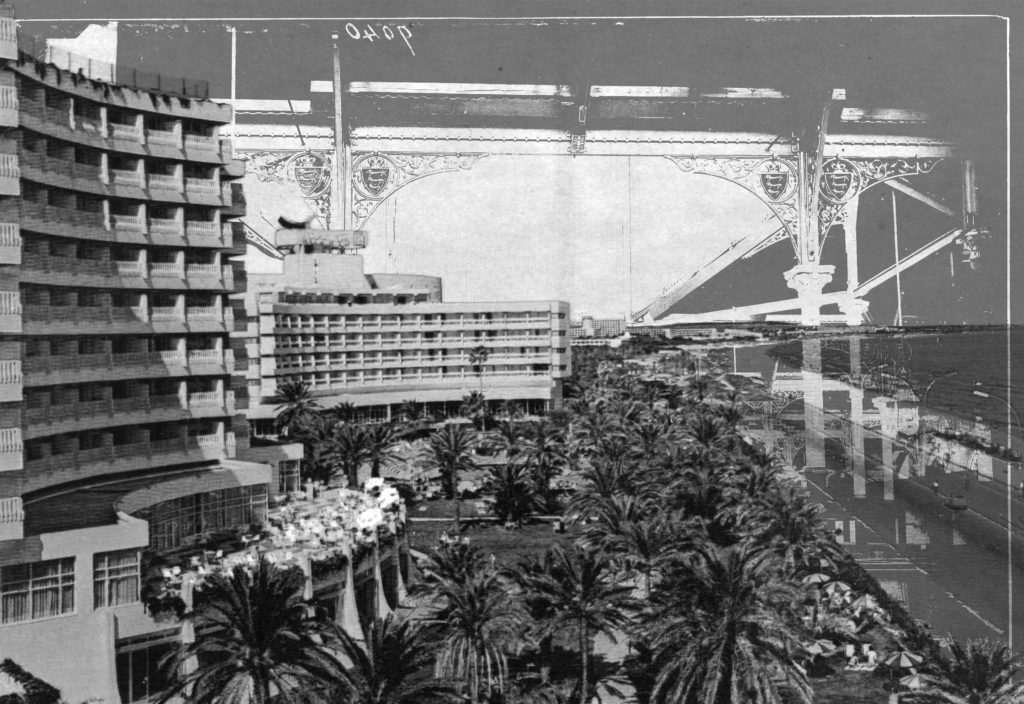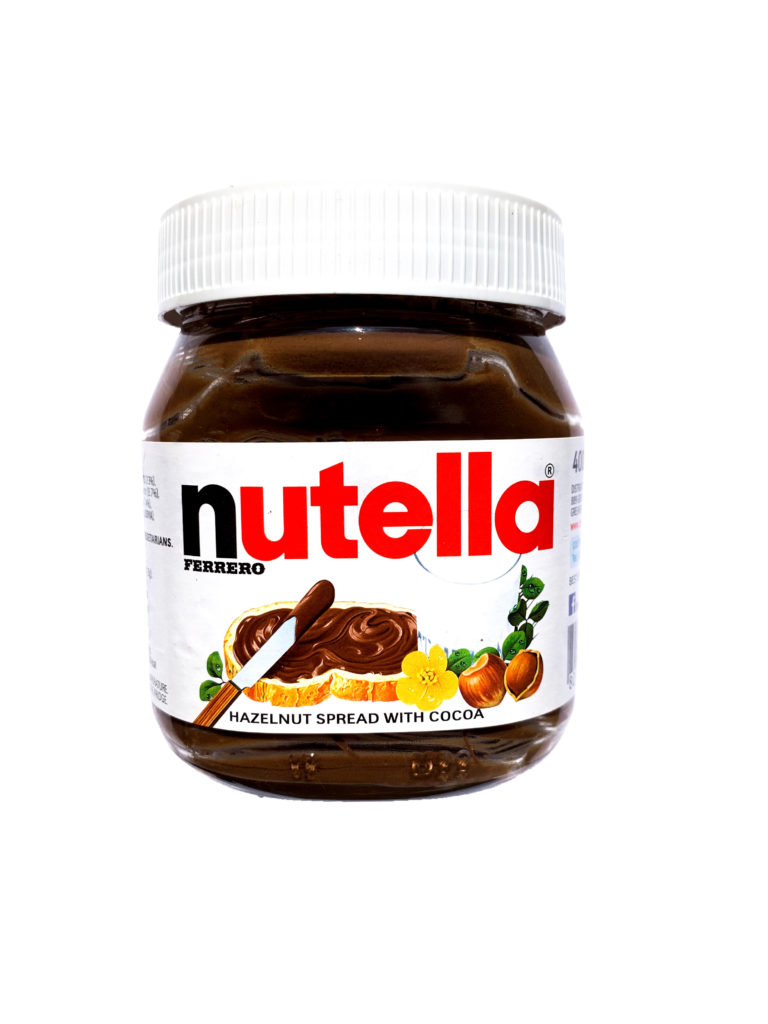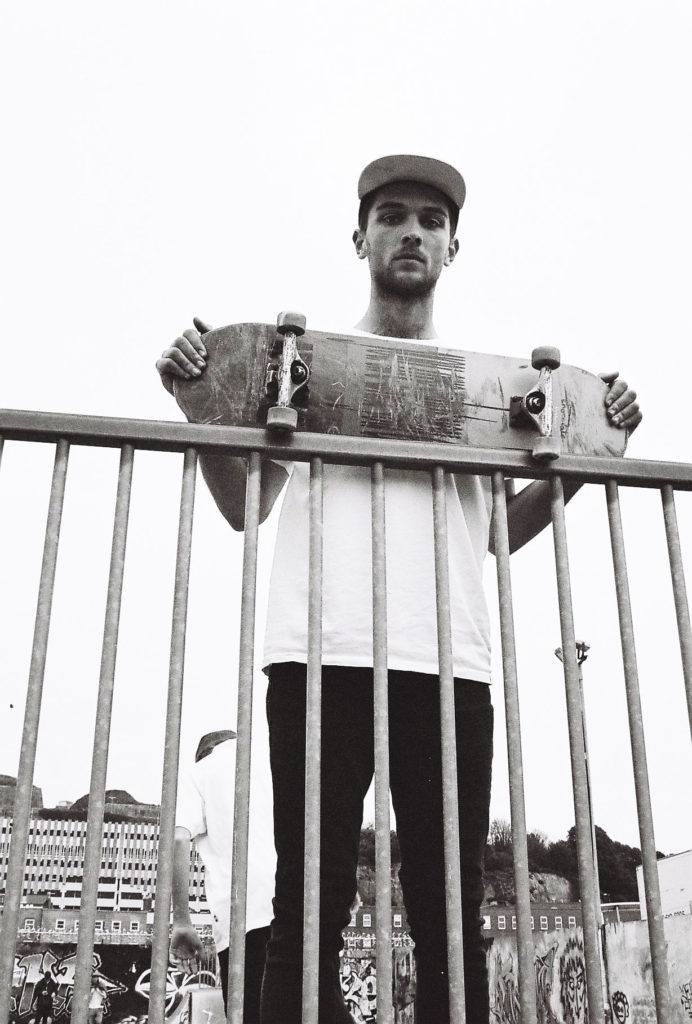The four elements also could be known as the Classical elements are Water, Earth, Fire and Air. These elements were proposed to explain the nature and complexity of all matter in terms of simpler substances.
However cultures have different names and different elements such as in Chinese culture. The Chinese Wu Xing system also known as Five elements, lists Wood (mù), Fire (火 huǒ), Earth (土 tǔ), Metal (金 jīn), and Water (水 shuǐ), as the basic elements, this order of presentation is known as the “mutual generation. t is a fivefold conceptual scheme that many traditional Chinese fields used to explain a wide array of phenomena, from cosmic cycles to the interaction between internal organs, and from the succession of political regimes to the properties of medicinal drugs. What I liked most about the Chinese theories surrounding the elements is that each element has it own set of attributes attached to it each and holds a different value in their society. Whereas in Western cultures connections to the elements are very basic eg fire, warthm, summer, the colour red.
Wood
Wood also sometime translated to Tree. is the growing of the matter, or the matter’s growing stage.[Wood is the first phase of Wu Xing. Wood is the most yang in character of the Five elements. It stands for springtime, the east, the planet Jupiter, the color green. The color blue also represents wood .In Chinese Taoist thought, Wood attributes are considered to be strength and flexibility, as with bamboo. It is also associated with qualities of warmth, generosity, co-operation and idealism. The Wood person will be expansive, outgoing and socially conscious. The wood element is one that seeks ways to grow and expand. Wood heralds the beginning of life, springtime and buds, sensuality and fecundity.
Fire
In Chinese philosophy, fire is the prosper of the matter, or the matter’s prosperity stage. Fire is the second phase of Wu Xing. Fire is yang in character, it relation to the Chinese philosophy of yin and yang. Its motion is upward and its energy is expansive. Fire is associated with Summer, the South, the planet Mars, the colour red, associated with extreme luck, hot weather, daylight. The element plays an important role in Chinese astrology and feng shui. Fire is included in the five elements in their yin and yang forms which combine with the 12 Chinese signs of the zodiac, to form the 60 year cycle.
Earth
Earth is considered to be the changing point of matter, it is also the third cycle in the Wu Xing cycle. Earth is a balance of both yin and yang, the feminine and masculine together. Its motion is inward and centering, and its energy is stabilizing and conserving. It is associated with the color yellow and the planet Saturn, and it lies at the center of the compass in the Chinese cosmos. It is associated with the turn of each of the four seasons and with damp weather. It governs the Spleen, Stomach, mouth and muscles. Its negative emotion is anxiety and its positive emotion is empathy. Its Primal Spirit is represented by the Yellow Dragon.
Metal
Metal is the fourth phase of the Chinese philosophy of Wu Xing, is the decline of the matter, or the matter’s decline stage.[Metal is yin in character, its motion is inwards and its energy is contracting. It is associated with the autumn, the west, old age, the planet Venus, the color white, dry weather.attributes are considered to be firmness, rigidity, persistence, strength, and determination. The metal person is controlling, ambitious, forceful, and set in their ways as metal is very strong. They are self-reliant and prefer to handle their problems alone. The metal person is also wise, business-oriented, and good at organization and stability.
Water
In Chinese culture water is considered is the low point of the matter, or the matter’s dying or hiding stage.[Water is the fifth stage of Wu Xing, the five elements. Water is the most yin in character of the five elements. Its motion is downward and inward, and its energy is stillness and conserving. Water is associated with certain colors, with the planet Mercury, with the moon which was believed to cause the rise and fall of the tides, with night, with the north, with winter or cold weather. In Chinese Taoist thought, water is representative of intelligence and wisdom, flexibility, softness, and pliancy; however, an overabundance of the element is said to cause difficulty in choosing something and sticking to it. In the same way, water can be fluid and weak, but can also wield great power when it floods and overwhelms the land.What I found the most interesting about this system of elements is the lack of the element of air as to me this is vital element that is missing
Another element that I interested was the Indian system. In Indian culture they have a fifth element know as ‘aether/void’. Which is the material that fills the region of the universe above the terrestrial sphere. The concept of aether was used in several theories to explain several natural phenomena, such as the traveling of light and gravity. In the late 19th century, physicists postulated that aether permeated all throughout space, providing a medium through which light could travel in a vacuum, but evidence for the presence of such a medium was not found in the Michelson–Morley experiment, and this result has been interpreted as meaning that no such luminiferous aether exists. After finding out this information I wanted to challenge myself to see if I would be able to photograph the ‘void’. But how would I go about photography something that isn’t physically there. So I began to think about the connotations of what the word ‘void’ means. Below is the definition of ‘void’ if you search the word into google.
void/vɔɪd/adjective
- 1.not valid or legally binding.”the contract was void”synonyms:invalid, null and void, null, nullified, cancelled, revoked, rescinded, abolished, inoperative, ineffective, not binding, not in force, non-viable, useless, worthless, nugatory; More
- 2.completely empty.”void spaces surround the tanks”synonyms:empty, emptied, vacant, without contents, containing nothing, blank, bare, clear, free, unfilled, unoccupied, uninhabited, desolate, barren”the cathedral has vast void spaces”
noun
- a completely empty space.”the black void of space”synonyms:gap, empty space, space, blank space, blank, vacuum, lacuna, hole, cavity, chasm, abyss, gulf, pit, hiatus; More
- a suit in which a player is dealt no cards.”a hand with a singleton club is more likely than one with a void”
The main definition that sticks out to me is ‘completely empty’ I thought that I would be able to photograph this concept in two different ways. If the word is taken very literally I would experiment with taking pictures of different empty spaces, but visually I don’t think that would be very interesting. But if I took the phrase figuratively I think that I would create image that are significantly more interesting. Below is a mindmap of the connotations that I could think of connecting to the phrase.
What gave me the most inspiration was the colours of black and blue. As these colours are often connected to the feelings of sadness and emptiness. So I will try to incorporate this into my next photoshoot.










